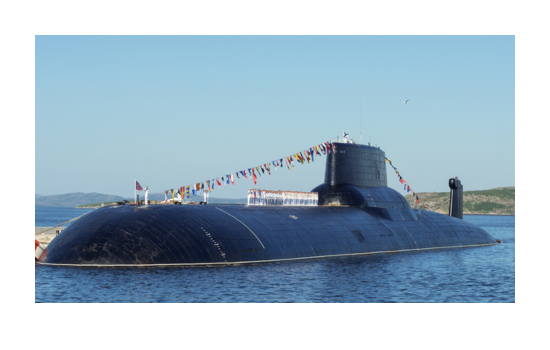Rebeccah L. Heinrichs
Hudson Institute, Jan. 2, 2024
“The nuclear posture designed to do this will require more deployed systems than were planned when China wasn’t considered America’s primary challenger.”
The most dangerous global security development at the dawn of 2024 is China’s and Russia’s reliance on nuclear weapons to break the U.S.-led order. Russia is concluding a nuclear recapitalization effort and uses nuclear threats against Ukraine and the North Atlantic Treaty Organization. China is expanding its nuclear forces and engaging in dangerous military behavior in international waters to threaten Taiwan. Moscow may be helping Beijing expand its warhead production capacity through Russia’s state-owned Rosatom, which has provided enriched uranium for China’s fast-breeder reactor. The U.S. plan begun in 2009 to update the nation’s nuclear deterrent can’t deter China and Russia simultaneously over the next decade. This was a conclusion of the recent report from the nonpartisan U.S. Strategic Posture Commission, on which I served as a commissioner.
The White House may be tempted to address the problem with shortcuts. A very bad one would be training nuclear weapons on an enemy’s cities, known in military jargon as “countervalue targeting” or “counter-city targeting.” For five decades, Washington has rejected the intentional targeting of cities.
Keir Lieber and Daryl Press, among others, disagree. They argued for targeting opponents’ cities to avoid an “excessively demanding approach to deterrence.” Targeting cities might limit the number of U.S. weapons needed for deterrence, but there are three reasons the U.S. should continue its current policy while updating its nuclear force posture to meet new challenges.
First, threatening to nuke societal targets has a high risk of deterrence failure. Five decades ago, President Nixon’s defense secretary, James Schlesinger, rejected a policy of threatening to wipe out entire cities. He argued that to make U.S. nuclear deterrence more credible to the Soviets, who had amassed a large nuclear force, Washington needed to target what the Soviet regime prized most: the regime itself, its strategic and conventional systems, the apparatus it used for domestic control, and its industrial ability to wage war. Threatening to target Soviet cities and intentionally kill civilians wasn’t likely to deter the Soviets from their imperialist agenda. … [To read the full article, click here]


